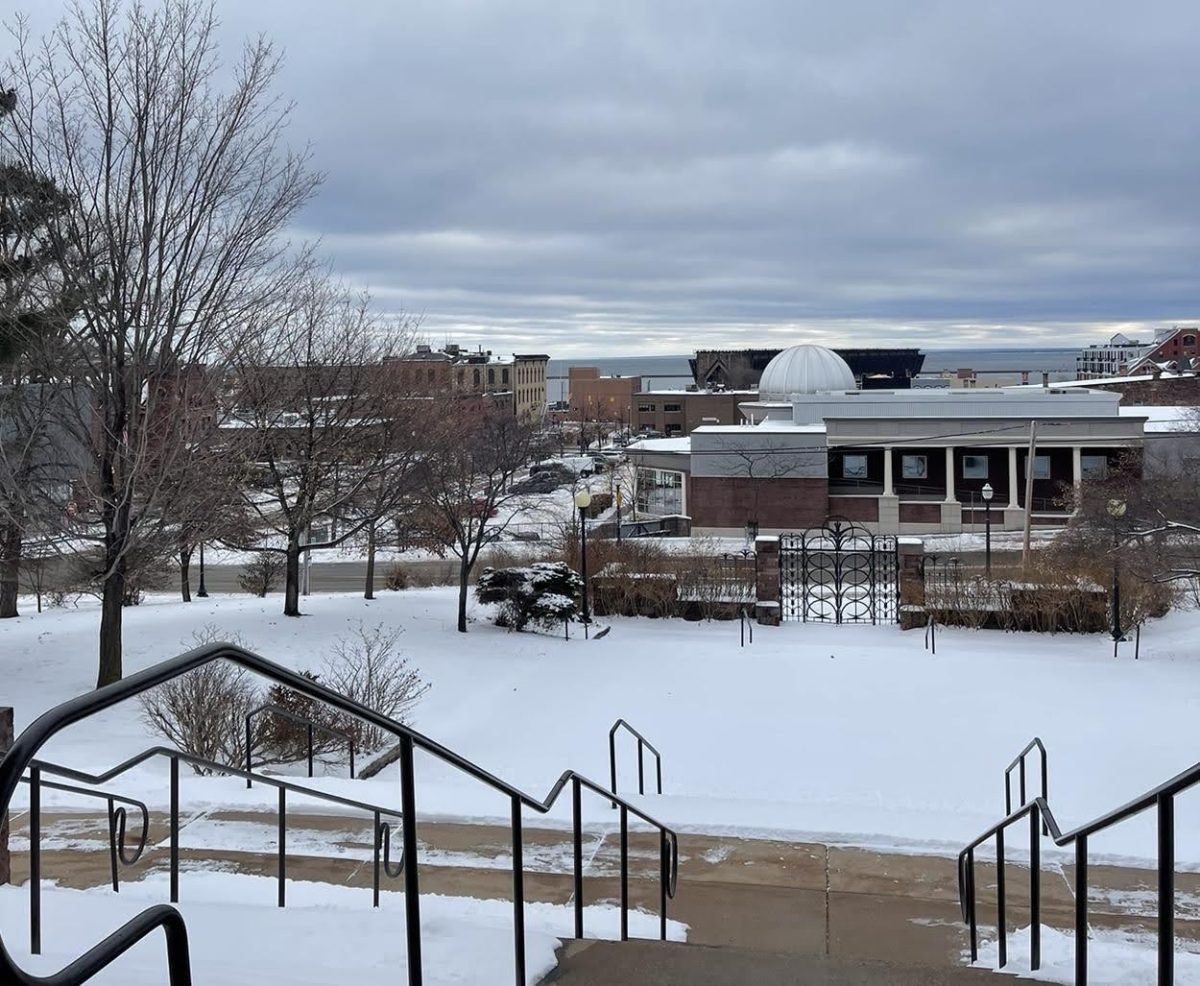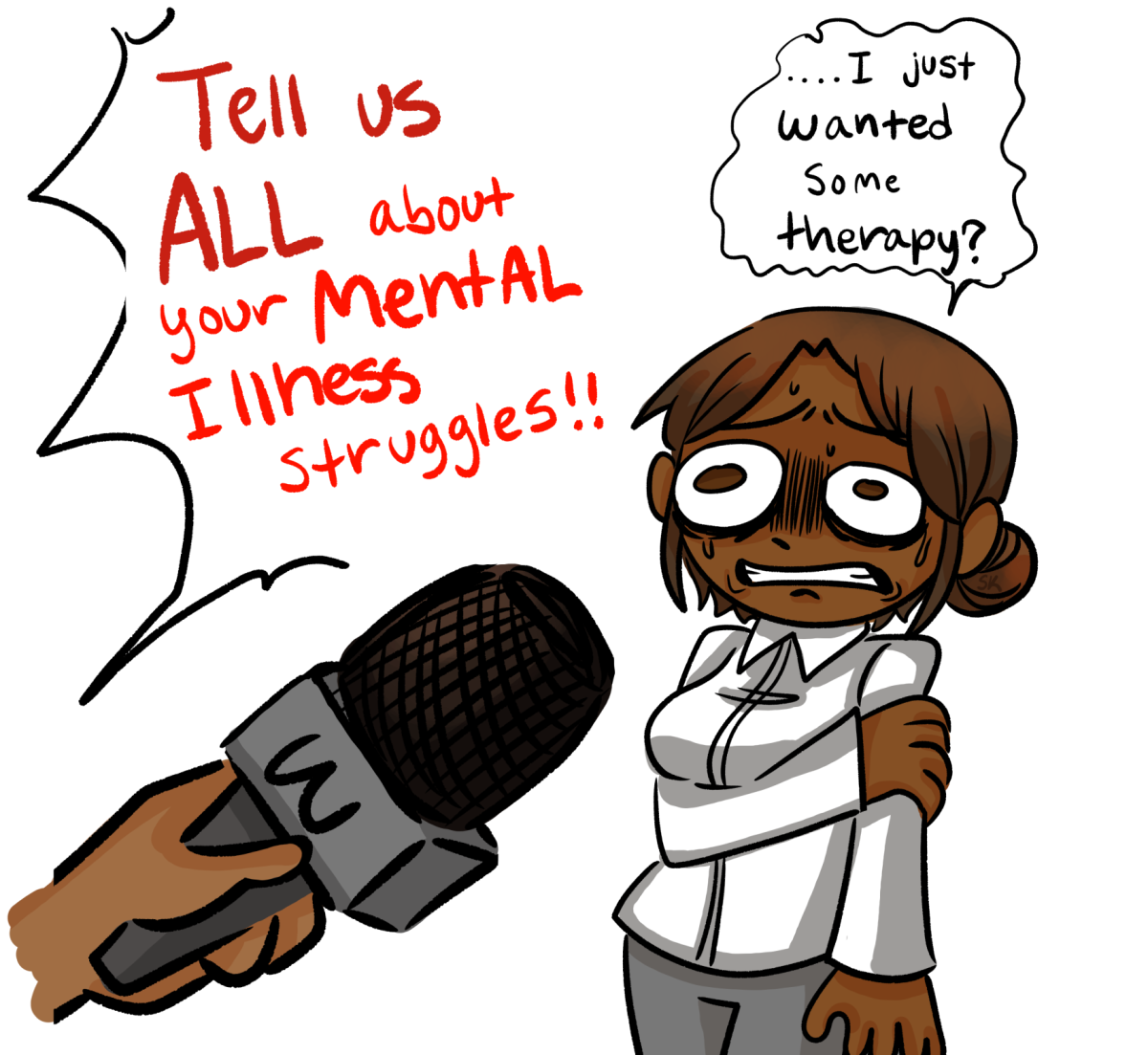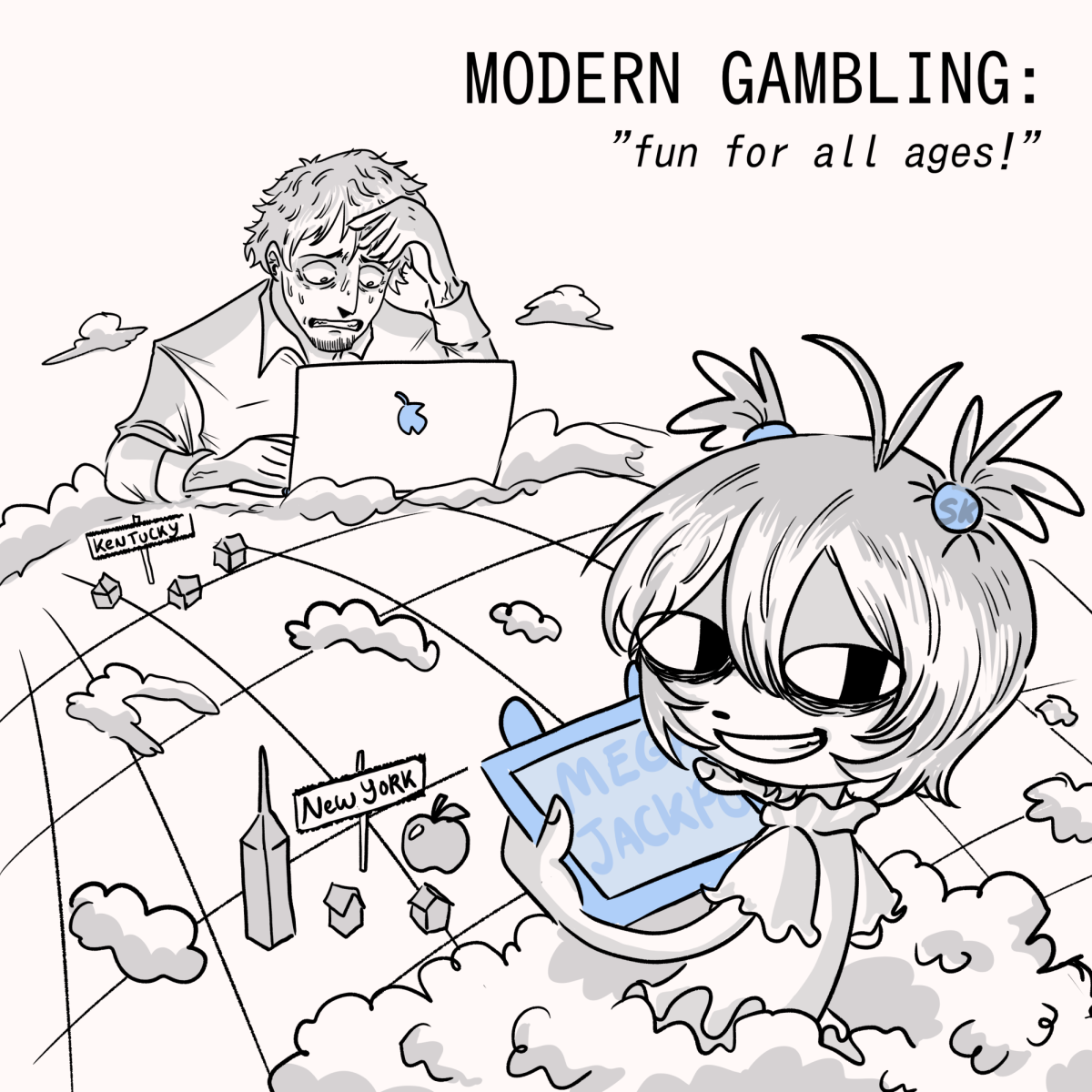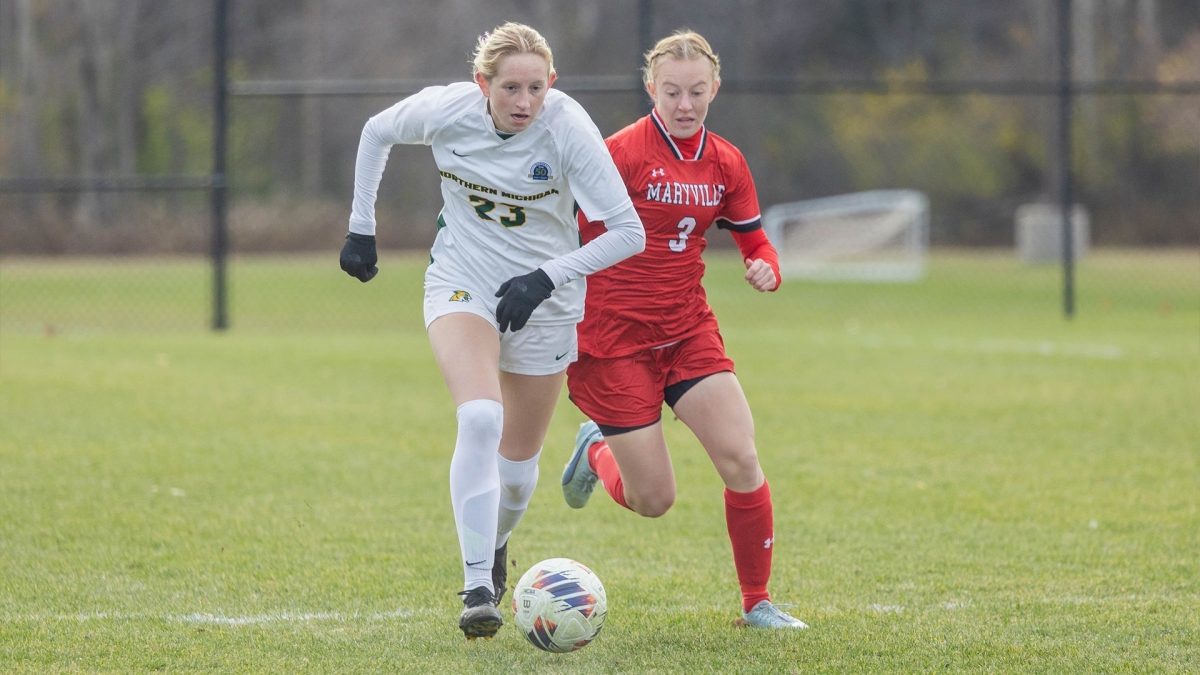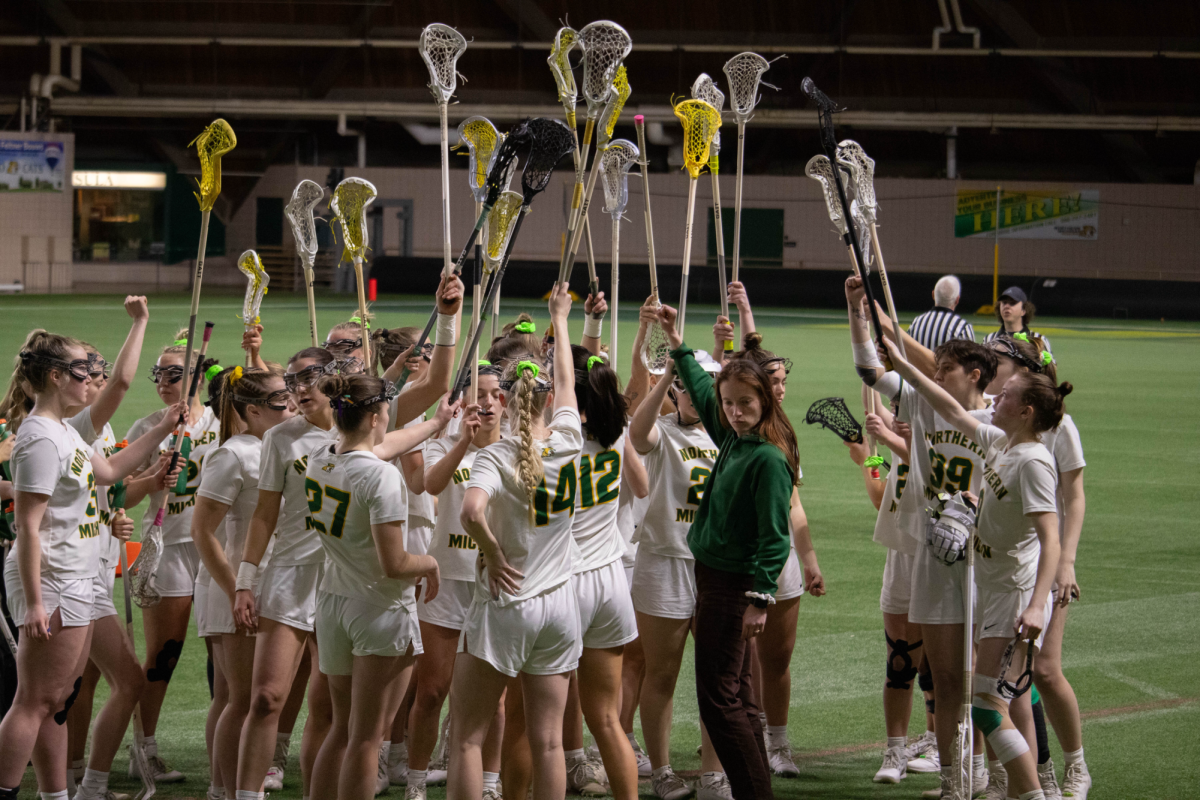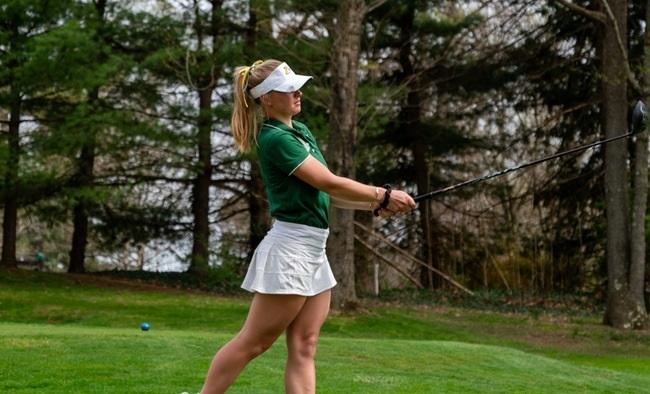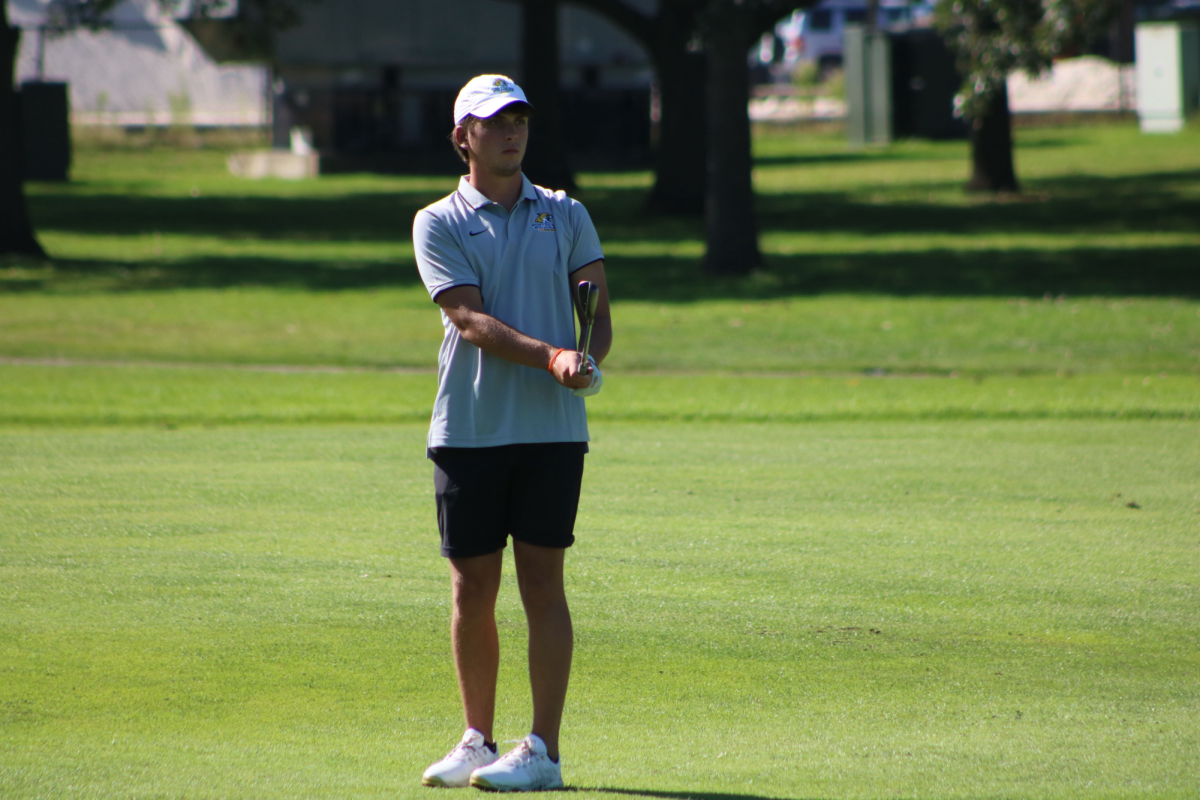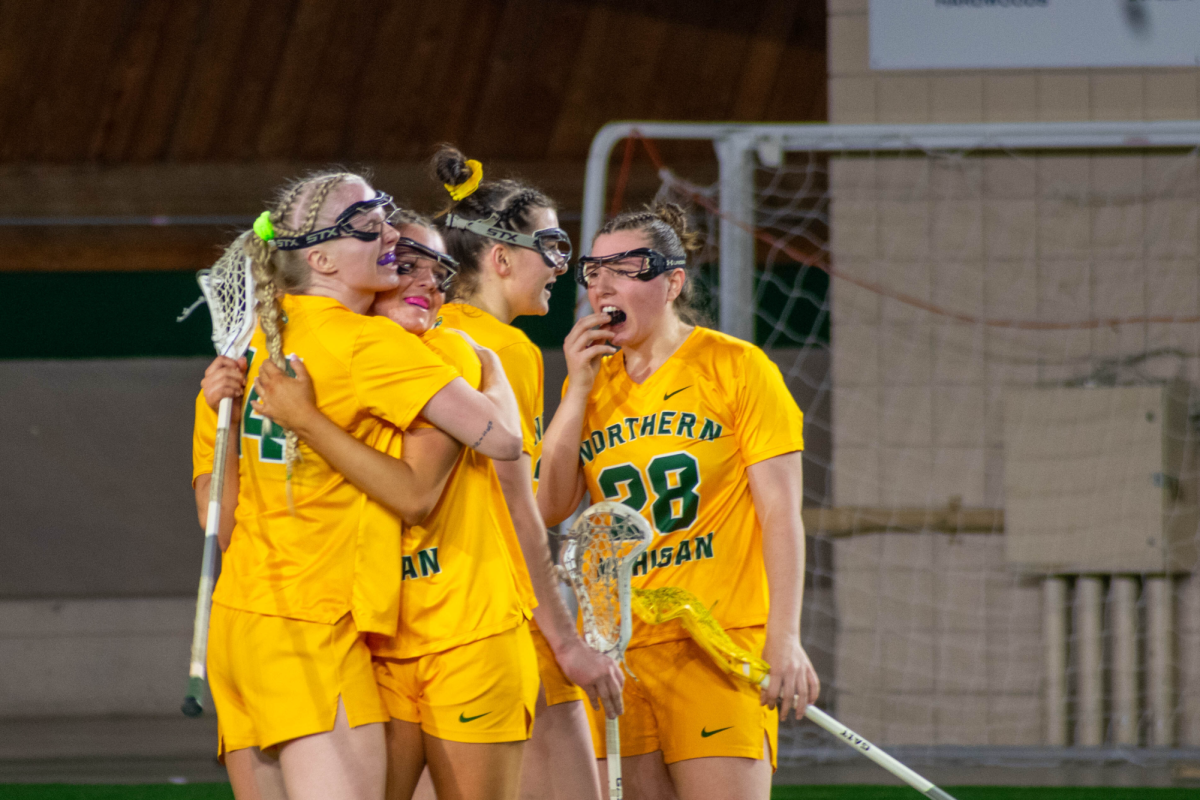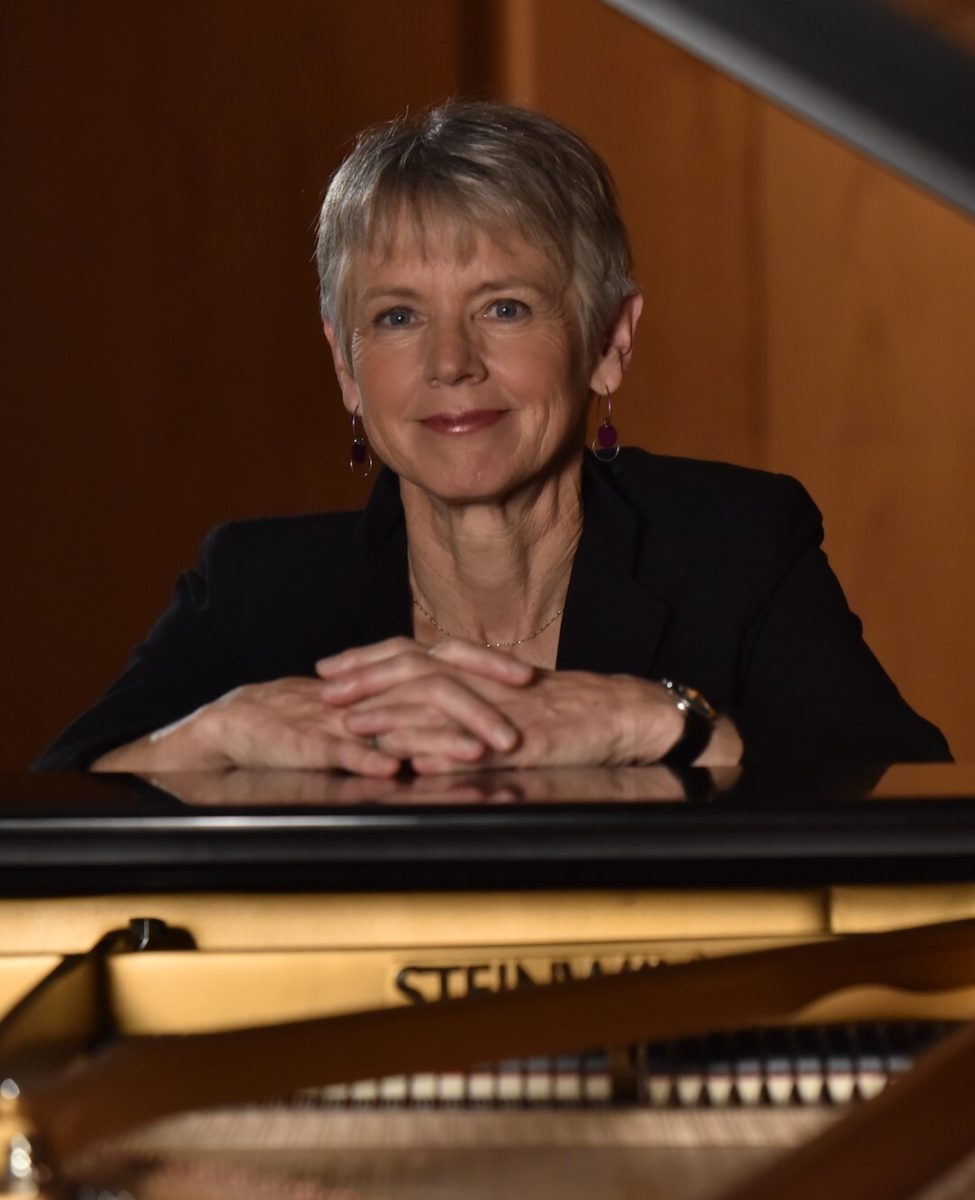Associate professor of biology Erich Ottem is heading up a research group that he says is being called the “ALS lab” (Amniotrophic Lateral Sclerosis, or Lou Gehrig’s disease), made up of three graduate students and about 10 undergraduate students.
But he said the name is misleading due to the complexity of the diseases origins, which makes research toward the eventual goal of potential treatment a lengthy and uncertain process.
“The problem with ALS is sort of the problem with Parkinson’s disease as well,” Ottem said. “[It] is that Michael J. Fox’s Parkinson’s disease is likely very different than Muhammad Ali’s is likely very different than Janet Reno’s. They all have a collection of symptoms that gets dubbed—ding—Parkinson’s, but the origin and specific pathologies are likely very different.”
While the causes are specific to each individual case, the effects are similar in all neuromuscular diseases like ALS, Ottem said.
“Motor neurons are dying, muscles are atrophying,” he explained. “So what we’re trying to determine in neuromuscular disease [are] points of pathology and how single points can be medicated.”
Their research has garnered some attention, Ottem said, and will be presented at an annual conference Monday, Nov. 9 through Thursday, Nov. 13 in San Diego, Calif. The conference is sponsored by the Society for Neuroscience, the world’s largest organization of scientists and physicians devoted to understanding the brain and nervous system, according to their website.
The research is based around the importance of a protein called Brain-Derived Neurotropic Factor (BDFN) in the development of pathology. BDFN is produced in both neurons and muscles, carrying signals between those two parts of the motor unit—communication that is critical to proper functioning of the muscle, Ottem said.
Ottem and his team are studying the exact impact of BDFN (or the lack of it) in mice, which might then lend itself to treatment possibilities like muscle injection with exogenous BDFN, though Ottem said the research is very preliminary.
Ottem described a demonstration used at a conference he attended to illustrate the difficulty in pinpointing points of pathology in this kind of disease. The keynote speaker set up 1,000 mousetraps on stage, each containing a ping pong ball, he said.
“Then he took a single ping pong ball and threw it into this field of mousetraps,” he said. “And of course they just started going off all over the place, seemingly random. So that was a nice demonstration of how you have multiple points of pathology triggering all sorts of downstream detrimental processes.”
Graduate research assistant Mandy Taisto became interested in the research as a biology undergraduate at NMU after her grandfather was diagnosed with Lou Gehrig’s disease. She saw Ottem present as part of a seminar series and approached him about helping, she said, which would eventually change her academic path and career goals.
“This is going to sound super corny, but [the lab is] by far one of the best things that’s ever happened to me,” she said. “I finally feel like I have direction. I’ve found something I’m good at, and that I really love. And prior to that, I didn’t know what I wanted to do.”
Ottem said the research is largely student-led, with graduate students acting as captains, organizing the undergrads and working with them on animal care, genotyping, essays, analysis and making sure equipment is purchased and cared for.
“It’s a lot of work, but it’s incredibly satisfying work. It’s not all glamorous, by any means,” she said. “But I think it’s amazing to have an opportunity, especially at Northern, to be able to partake in something that’s so important that people don’t realize happens here.”
The research is currently funded by a medical federal research fund, the National Institute of Neurological Disorders and Stroke, part of the National Institutes of Health, but the grant application for the initial research began in 2011, Ottem said.
“I want to say I’m very thankful for the [NMU] faculty grant,” he said. “It gave us enough money to generate enough preliminary data [and] get the mouse colony started, things like that, such that we would be competitive for the NIH grant. So [the grant] is a wonderful mechanism that we have here.”
Ottem said the conference usually draws between 28,000 and 32,000 people each year, consisting of researchers, graduate students, “post-docs,” biotech people and more.
Taisto, who will be attending it for the full week, said there is a lot of work to do before the conference.
“I will pull crazy hours here to make sure that I get everything done,” she said. “But then it will be worth it; it’ll be fun. We’ll get to present what we’re doing, show what we’ve learned off and get to see what other research is happening.
“It’s going to be a big nerd fest. I’m really excited.”




